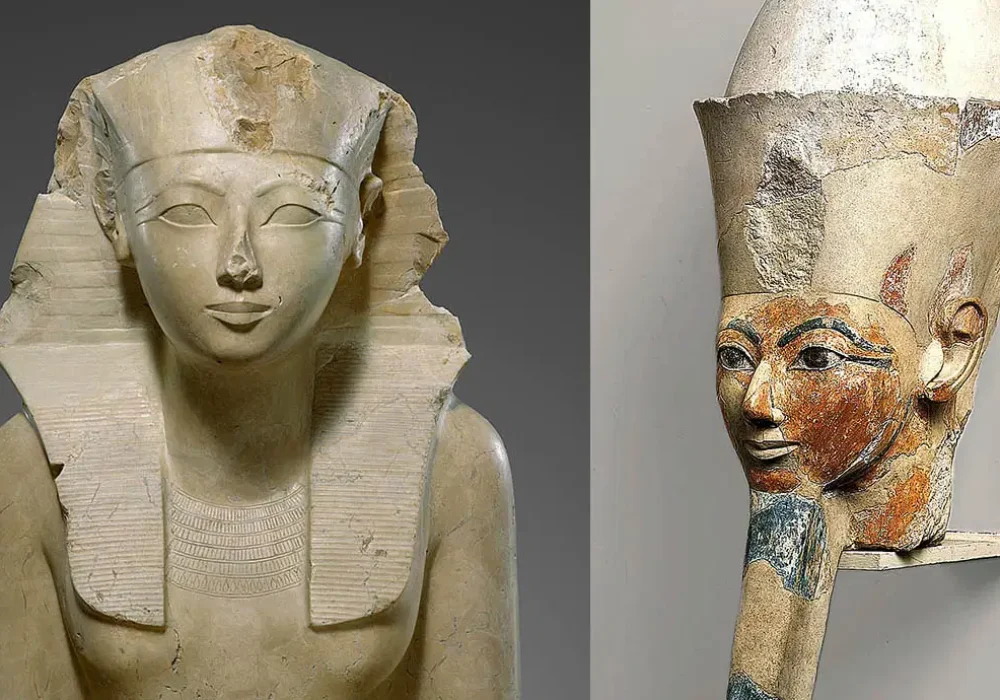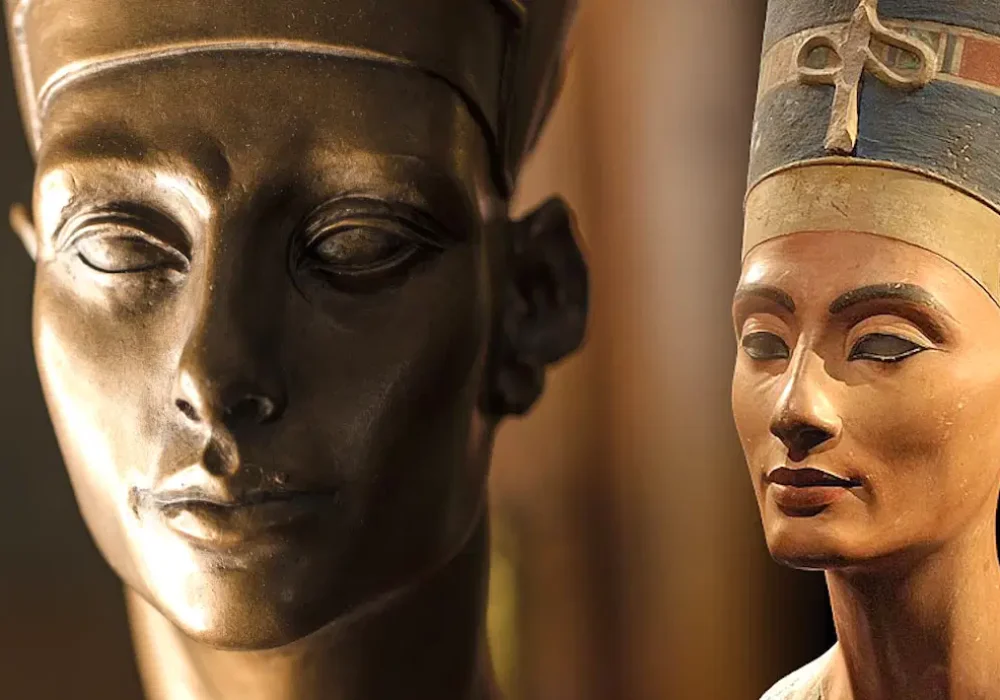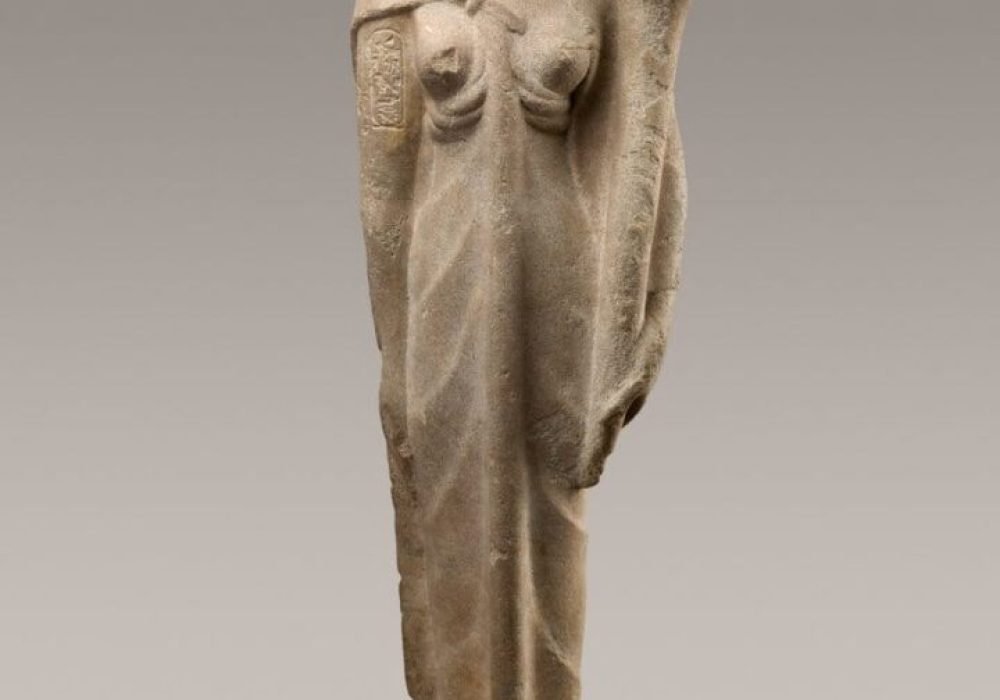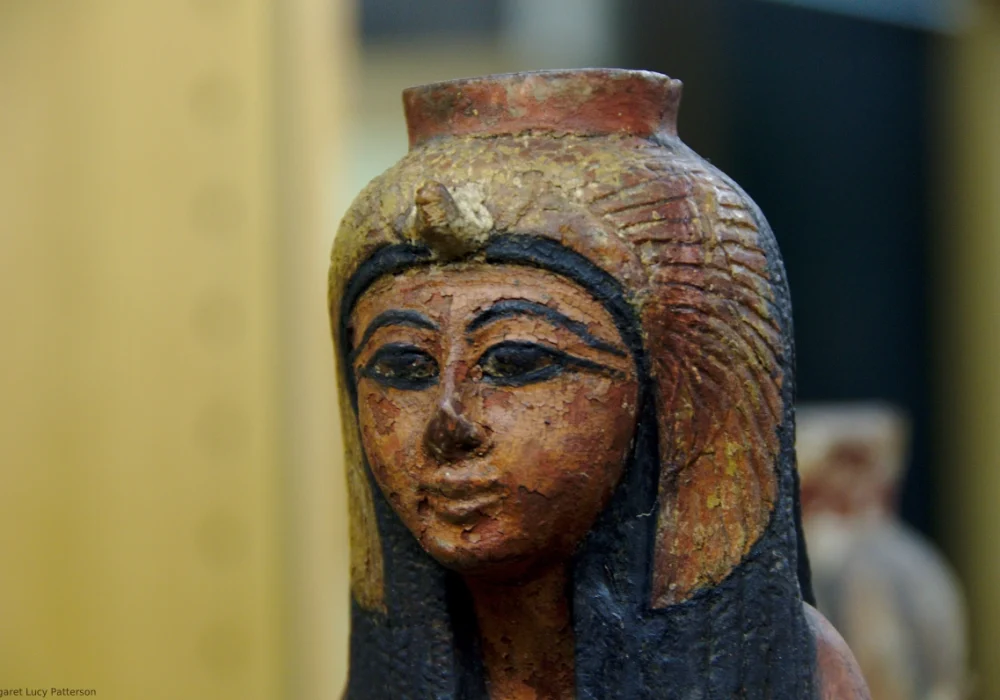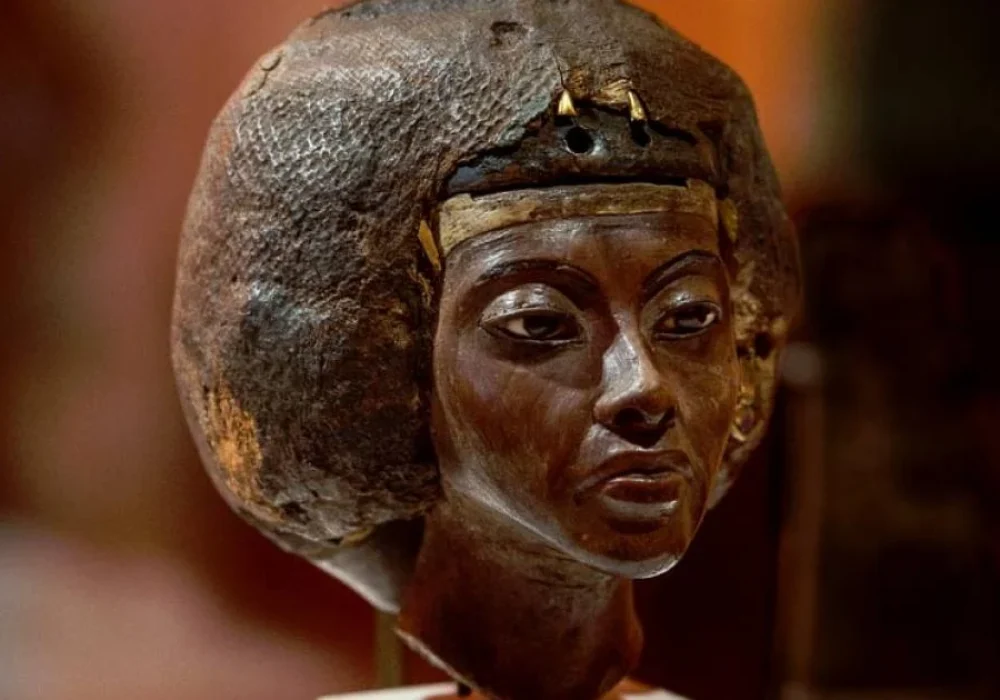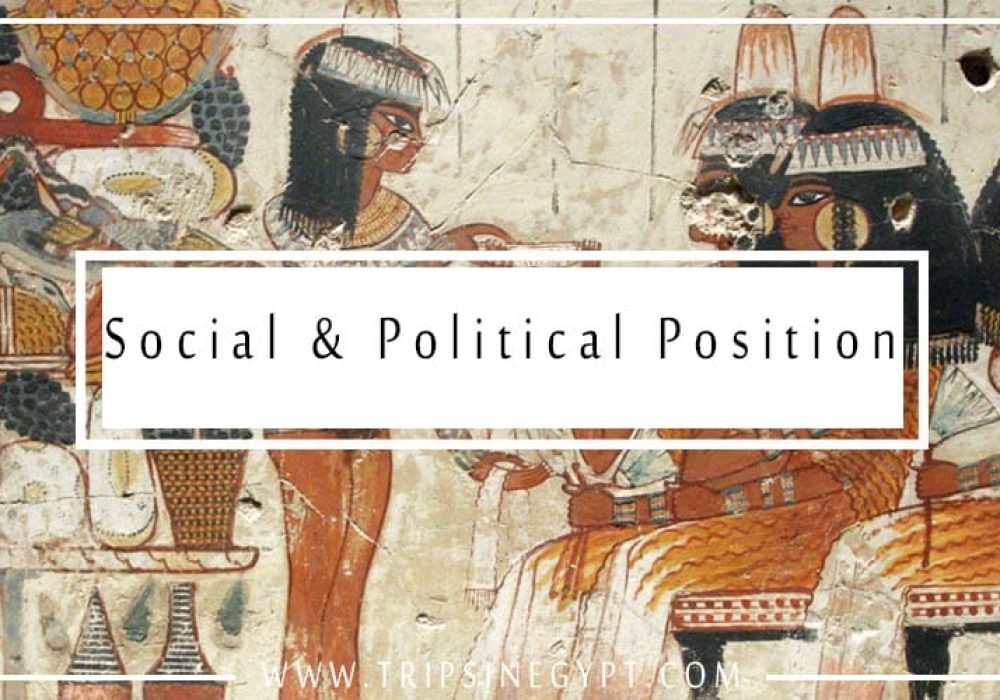Ancient Egypt, one of the oldest and most fascinating civilizations in history, was home to remarkable achievements in various fields such as art, architecture, science, and religion. However, what often goes unnoticed is the significant role women played in Egypt’s leadership and governance. Throughout Egypt’s long and illustrious history, several powerful queens rose to prominence, ruling Egypt and influencing its political, social, and cultural landscape. Their leadership not only challenged gender norms of the time but also showcased the extraordinary power that women could wield in shaping a nation’s destiny.
Ancient Egyptian queens held critical roles as political leaders, diplomats, and religious figures. These women were not merely consorts or figures of beauty; they were rulers in their own right. In this article, we delve deeper into the lives and legacies of some of Egypt’s most powerful and iconic queens, whose contributions have shaped the course of history.
Ancient Egypt, known for its towering pyramids, vast temples, and magnificent tombs, was also a land of remarkable female rulers. These women defied the odds and led their kingdom during times of war, peace, prosperity, and decline. Their leadership and achievements left an indelible mark on Egypt’s history.


